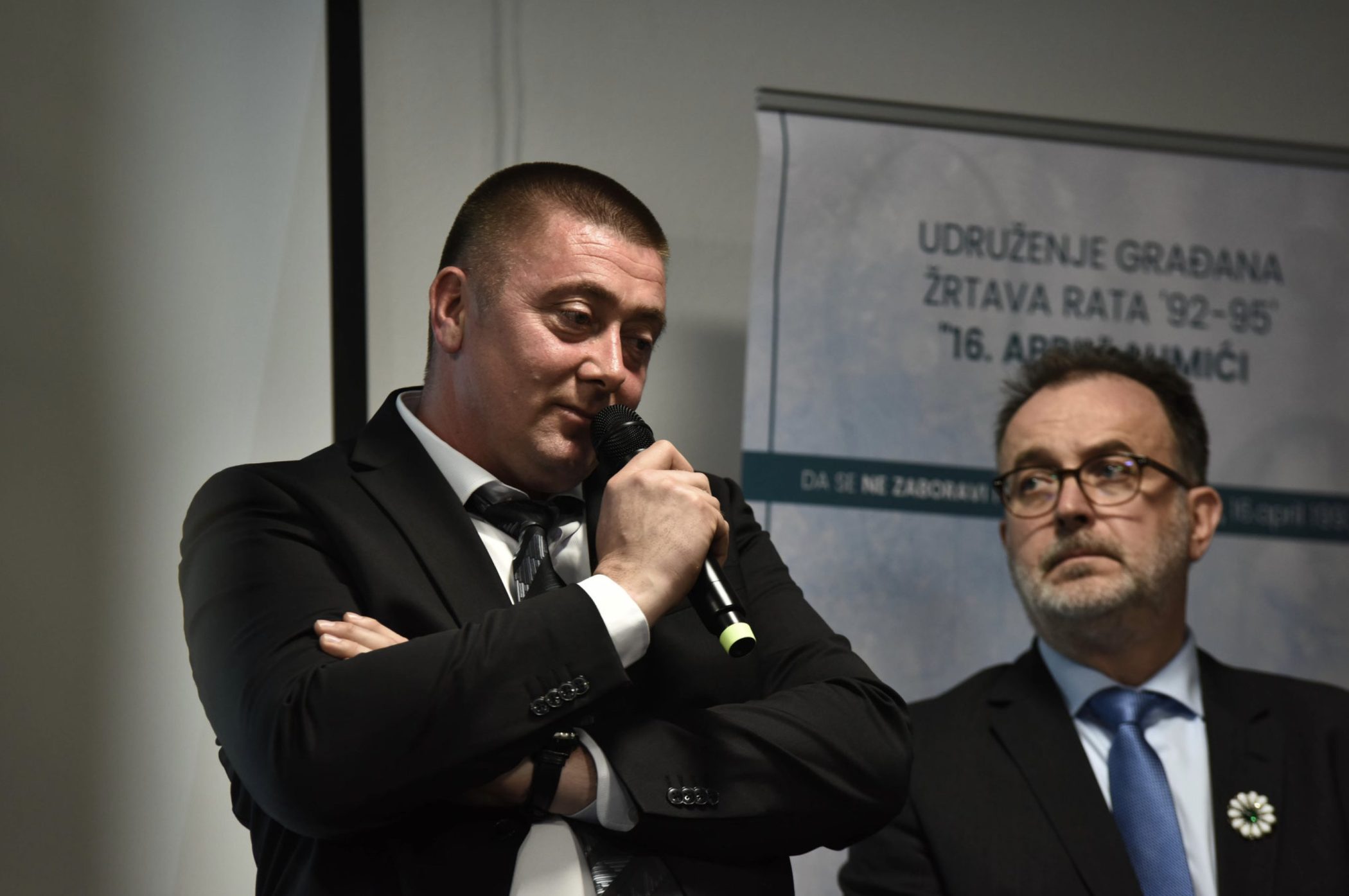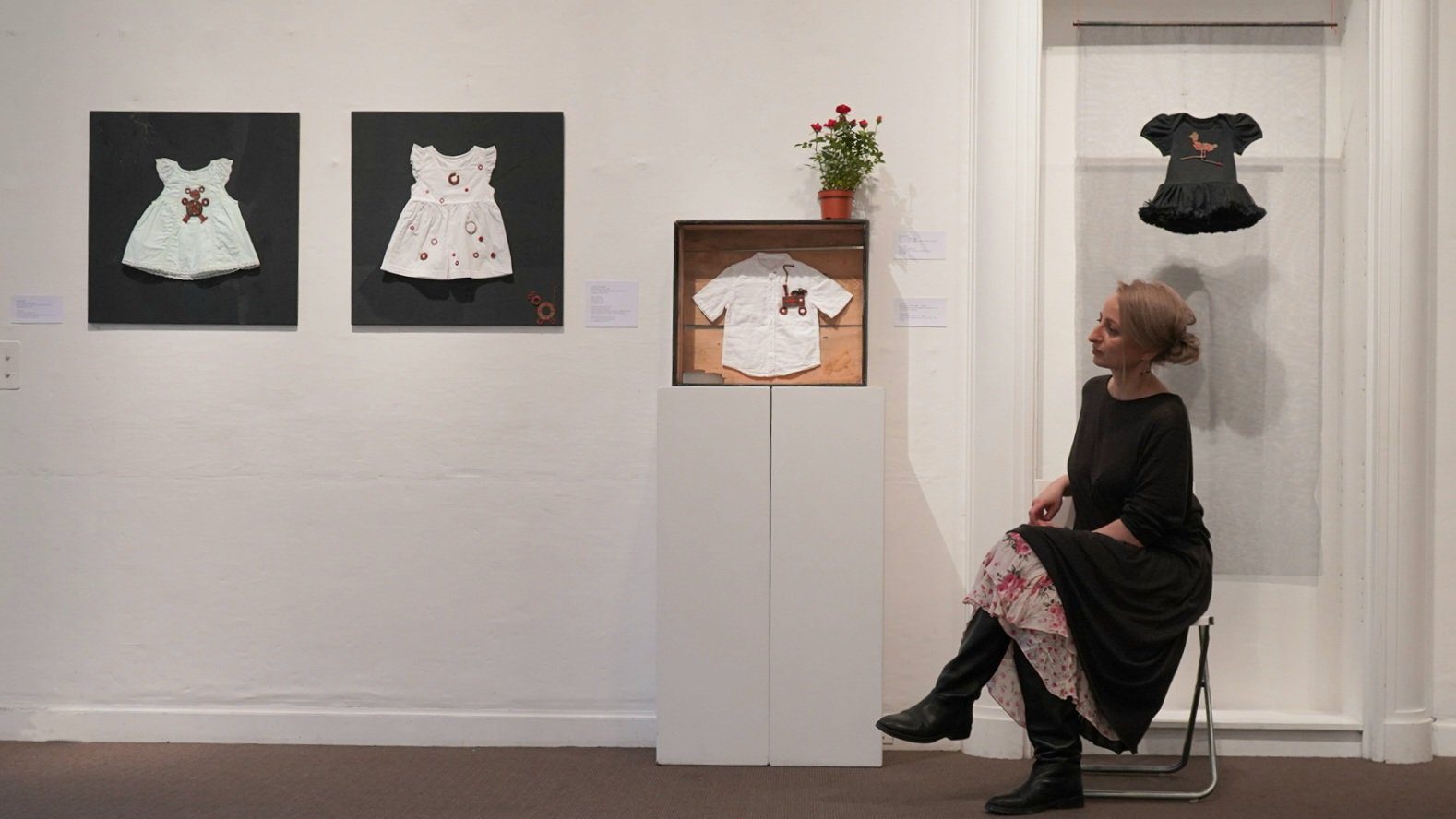This post is also available in: Bosnian
This is how Sarajevo-based genocide scholar Hikmet Karcic explains one of the main arguments in his recently-published book, ‘Torture, Humiliate, Kill: Inside the Bosnian Serb Camp System’.
Developed out of his doctoral thesis, it is the first book to give an overview of the detention camps run by Serbs in the Republika Srpska entity during the war, where inmates were subjected to abuse, rape and murder.
“My thesis is that those detention camps were primarily set up in order to filter the local population,” Karcic told BIRN in an interview.
“The population that was considered able-bodied and important people who belonged to so-called social elites were killed, while the remaining people were totally traumatised by means of torture, sexual abuse, rape and humiliation to the extent that they could never restore themselves in the areas where they used to live before,” he said.
The existence of this collective traumatisation is highlighted by the post-war demographic changes in the municipalities in which the camps operated, he said. The number of Bosniaks living there fell dramatically as many left and have never returned again.
“According to my research and my opinion, the detention camps which were set up and which existed led to very serious traumatisation, not only of the detainees, but there was also trans-generational trauma inflicted on their children and families, leading to a situation in which the homes and neighbourhoods in these little environments in which those people had spent their entire lives up until 1992 now disgusted them,” Karcic said.
He said that many former detainees who left Bosnia and Herzegovina never wanted to return to their homes because the people responsible for committed crimes against them were their neighbours.
“People they went to school with, people they knew, that element of criminal perpetrators and their personal knowledge of what happened in those small places contributed a lot to those people never returning to their homes again. We can conclude that the entire process of collective traumatisation was very successful, particularly in eastern Bosnia, where its results are very visible,” he said.
Detention camps exposed by journalists
Detainees in camp Manjaca. Photo: EPA/STRINGER
Karcic said the book was written after he noticed that no one had carried out specific research into the detention camp system in Republika Srpska. He also wanted to put the detention camps from the 1992-95 Bosnian war into a wider historical context.
He focused on detention camps that were set up at the beginning of the war, in the spring of 1992, in the municipalities of Visegrad, Bijeljina, Prijedor and Bileca, and used judgments delivered by the Hague Tribunal, the Bosnian state court and other courts, as well as the documentation used in trials, as the factual basis for his work.
Among the 30 detention camps which he examined in his research were the Serb-run facilities established in the Prijedor area in May 1992, like Omarska and Trnopolje, which were shut down at the end of August that year.
“The reason is that on August 5 , the detention camps were exposed by foreign journalists,” he explained. “Their reports from the detention camps reached people around the world. Public pressure from around the world managed to close those detention camps.”
Had the international journalists not been able to enter Omarska on August 5 and only arrived later, Karcic said that the mortality rate in the detention camp, as well as at Trnopolje and other facilities, would have been much higher, because detainees would have died as a result of abuses, hunger and poor conditions.
Karcic argued that the issue of the memorialisation of war victims is of extreme importance in a society in which revisionism and denial of crimes is commonplace as it would offer not only a recognition, but also an acceptance that terrible crimes were committed in specific places.
He pointed out that there is no memorial to the detainees at Omarska or Trnopolje, but there is a memorial to killed Serb soldiers in Trnopolje, which he argues is a violation of the memory of the camp inmates’ suffering by the local authorities in Serb-dominated Prijedor.
Karcic explained that he decided to publish his book in English in order to counteract revisionists in the West who seek to downplay the crimes committed in the camps.
“I thought it was very important for the sake of the whole historical truth to write it in English with the main goal of offering an alternative, a true account of the historical truth, in order to fight against various denialist and revisionist streams that exist in some academic communities in the West,” he said.
‘Torture, Humiliate, Kill: Inside the Bosnian Serb Camp System’ by Hikmet Karcic is published by the University of Michigan Press.


